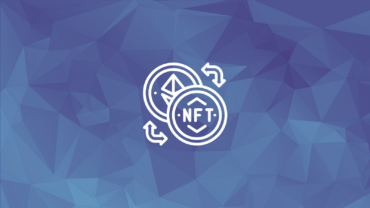Developer teams have come up with various proposals to maximize the benefits of blockchain technology, to improve user experience, to provide solutions to slow transaction speeds and high transaction fees, namely to scale the network. This article will discuss Arbitrum and its ecosystem which utilizes the optimistic rollup approach.
Scalability Problem and Layer 2
Scalability problem refers to the restricted ability of the network to enable a large number of transactions in a short period of time in blockchain terms. The highest performance a system can offer is limited to the slowest/inefficient of its basic components, namely to its bottlenecks. The scalability of a blockchain is related to how it deals with bottlenecks that prevent scaling.
One of the proposed methods to deal with bottleneck problems is to move one or more of these problems outside the network (off-chain) or layer 2s.
For instance, in many systems, the cost of executing smart contracts is one of the largest bottlenecks. And the method proposed to solve the execution bottleneck is not enabling the nodes constituting the network to execute the smart contract. To execute the smart contract, the protocol receives assistance from an outsider actor, who is incentivized through financial means, establishing various supervision mechanisms.
Layer 2 designs that force the executive to work efficiently through on-chain incentive and proof control methods are called Rollups.




